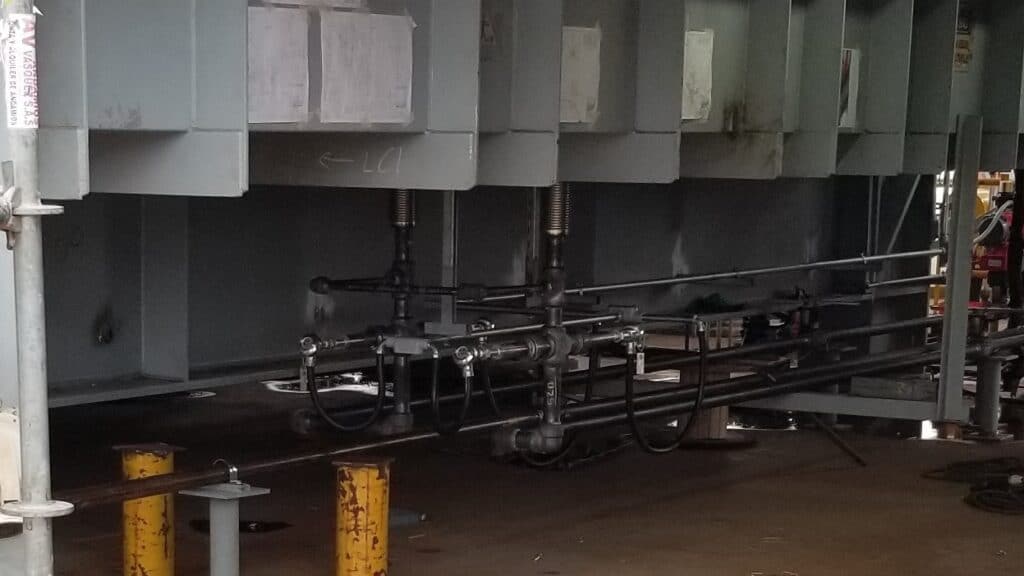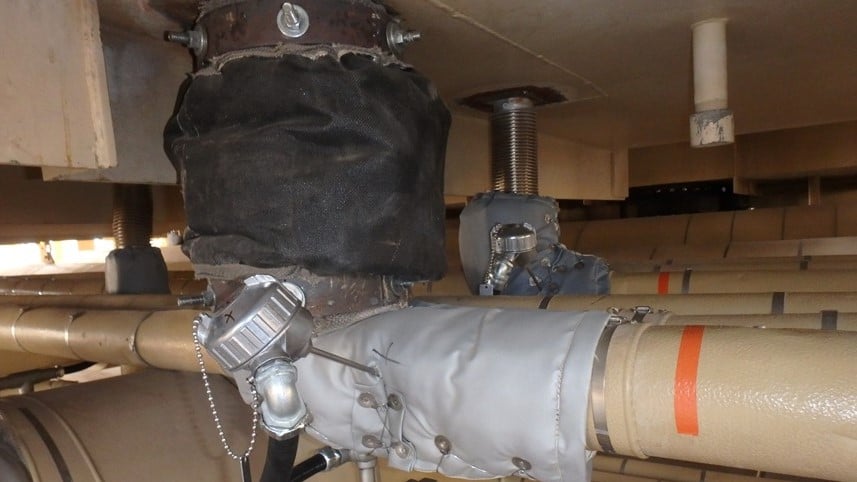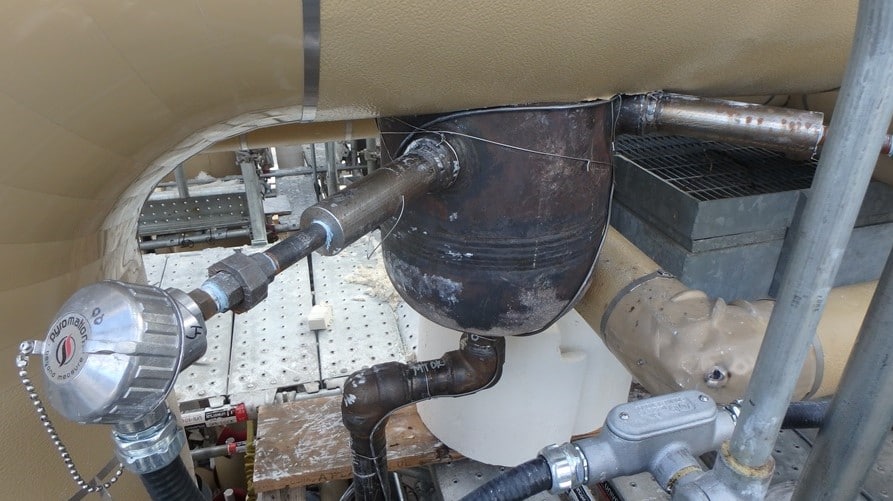Condensate Management
In the operational environment of today’s combined cycle plant, operators are being asked to do more than ever especially regarding things like daily cycling. Some modern plants have been designed to operate in this fashion since their inception, while others have changed their operating habits more recently as a response to market pressures. Regardless of whether daily cycling was part of the original vision for your plant or not, it is important to develop good habits and procedures to prolong the life of your HRSG, especially when it comes to a failure mechanism that is completely avoidable. One such subject has to do with condensate management, particularly when it comes to hot or warm restarts of the HRSG.
The trouble with condensation begins as the turbine restarts and pushes relatively cool air across the Superheater and Reheater coils due to the need to purge flue gas from the HRSG. This causes steam to condense out in these coils. In addition, as certain stages of the startup, vents stacks are commonly opened to divert steam from the steam turbine until it is of a correct combination of pressure and temperature. This can lead to flashing of steam in the drum sections and be an additional source for cool steam that easily condenses in the tube field.
In SHTR and RTHR coils is that this water can cause wild swing in tube temperatures causing stress issues in tubes. This is because the temperature swings are not consistent between tube rows in the flow gas direction and even different between adjacent tubes within the same tube row. As if these thermal stresses were not enough, if enough condensate builds up in the lower header section it can block some tube section from having flow, further creating problematic thermal stress issues by exaggerating tube temperature deltas or possibly quenching header to tube sections creating the potential for quench related cracking.
Operators that are more familiar with baseload operation may not have the knowledge or procedures developed to mitigate or avoid these issues. However, with the proper combination of training, startup procedure and equipment modification, these sources of tube failures are altogether avoidable!
If your plant is new to daily cycling, check with your Nooter/Eriksen representative about your procedures and O&M manual to be sure you are taking the necessary steps to avoid these problems. We are happy to help you and advise on the right methods for you plants to be both efficient during startup and protect your HRSG for the long haul.
Automated valves for the SHTR and RHTR drains can be programed to properly evacuate and condensation buildup during the startup phase. In addition, condensation detection equipment will detect and remove liquid water from steam components while the unit is online in the event of some mishap such as a leaking attemperator or condensation buildup in the dead leg of drains that may not be seeing full steam temperature.
Nooter/Eriksen can be a valuable partner for your plant in developing the right combination of procedures and equipment additions. Not only do we have a comprehensive supplier change to find the right parts for the application, but the knowledge of how to best put these parts to use, with our ultimate goal of providing your facility with the best complete package in order to get the longest life out of your HRSG.






